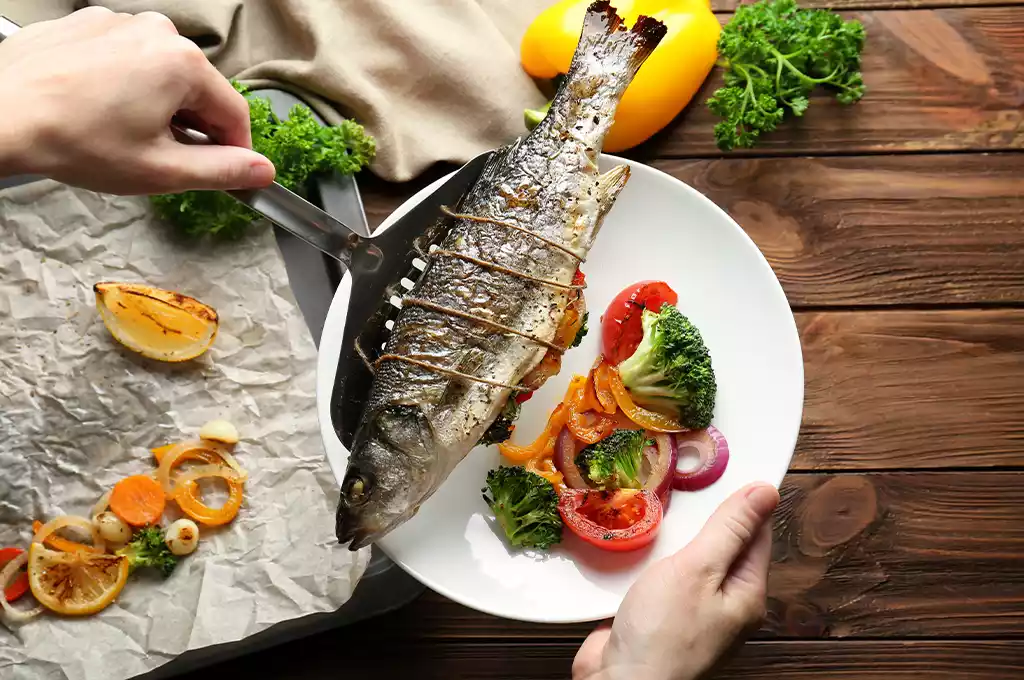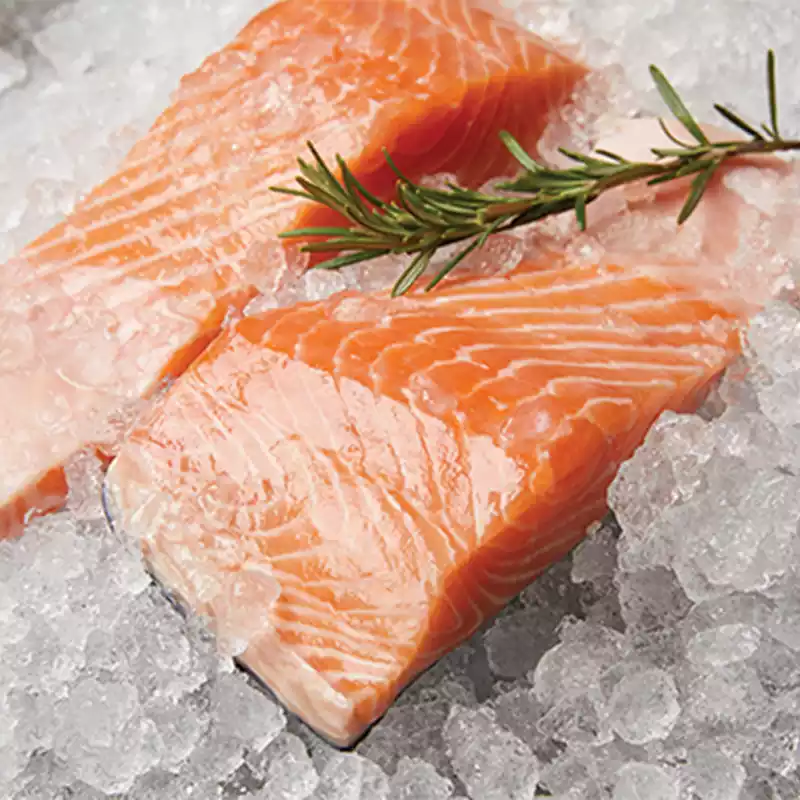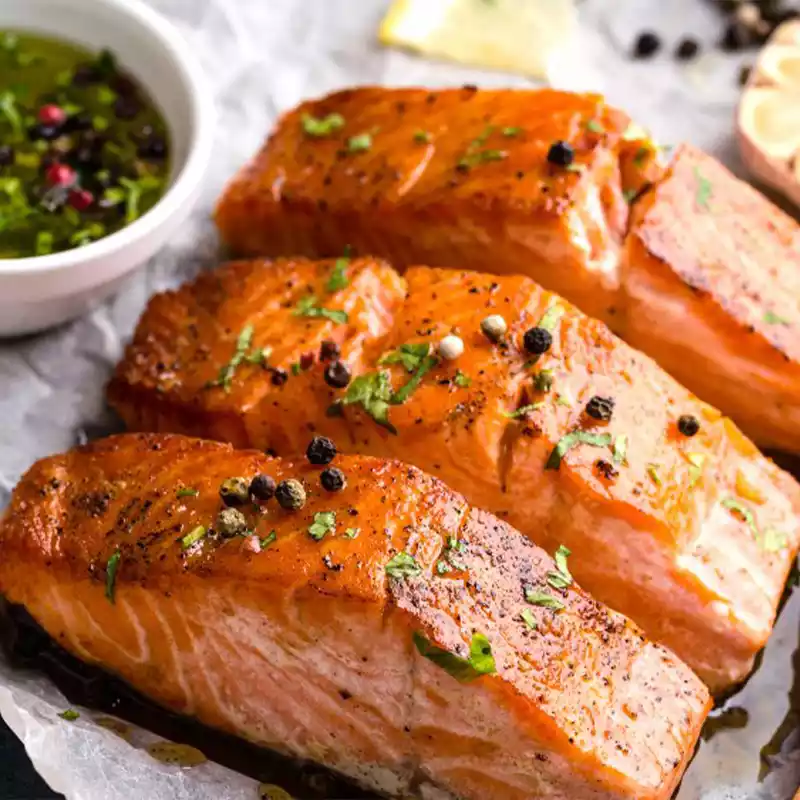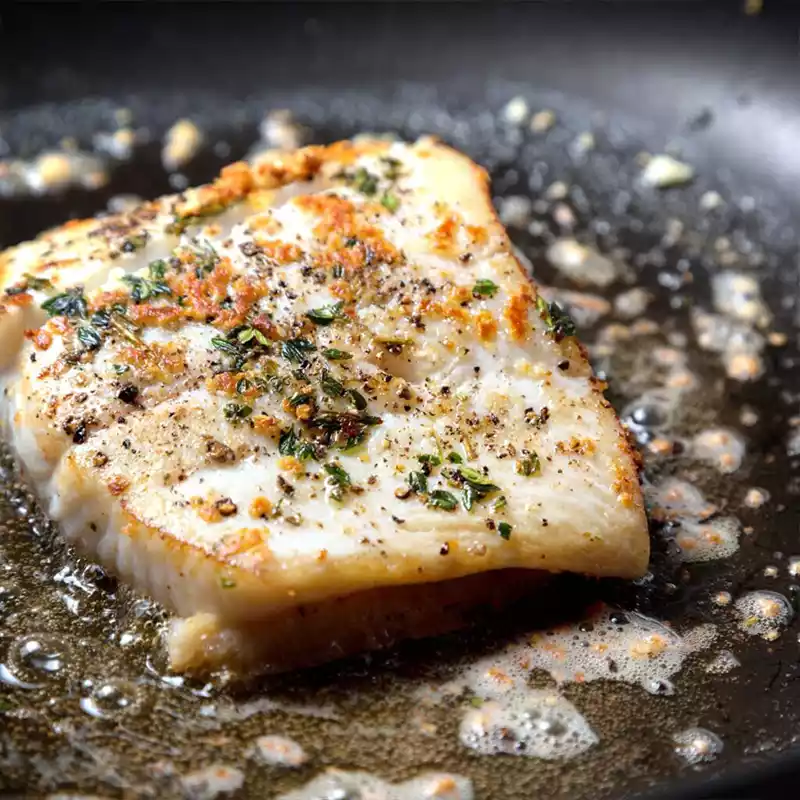Cooking Fish: The Secret to Perfectly Cooked Fish and Seafood
Fish and seafood are some of the most delicate foods to cook. They require a precise cooking time, temperature, and technique to achieve the perfect texture, flavor, and appearance. However, many home cooks and even professional chefs make some common mistakes when cooking fish and seafood, resulting in overcooked, undercooked, dry, or flavorless dishes. In this article, we will explore some of these mistakes and offer some tips and tricks on how to cook fish and seafood perfectly. We will also highlight the seafood menu of the Arabian Fish House, the best seafood restaurant in Sharjah, and why it is the perfect destination for families, young people, and seafood lovers.
Common Mistakes When Cooking Fish and Seafood
Common Mistakes When Cooking Fish and Seafood

1. Not choosing the right type of fish or seafood
Different types of fish and seafood have different textures, flavors, and cooking times. Some are more delicate and require a gentle cooking method, while others are firmer and can withstand more heat and seasoning. Therefore, it is essential to choose the right type of fish or seafood for the recipe and cooking method. For example, delicate fish like sole, flounder, or tilapia are better suited for poaching, steaming, or sautéing, while firmer fish like salmon, tuna, or swordfish are better suited for grilling, broiling, or roasting.
At the Arabian Fish House, the expert chefs are highly skilled in cooking seafood, and their culinary expertise shines through in every dish they prepare. They use their knowledge of different fish and seafood varieties, cooking techniques, and seasoning to create a menu that is both diverse and delicious.
The chefs at Arabian Fish House take great care in selecting the freshest and highest quality fish and seafood, sourced from local suppliers. They use traditional Arabic and international cooking techniques to bring out the best flavor and texture of each dish, while also incorporating innovative twists to keep the menu fresh and exciting.
Whether you’re in the mood for grilled prawns, seafood paella, or lobster thermidor, the chefs at Arabian Fish House know how to cook seafood to perfection. They pay attention to every detail, from the seasoning to the plating, to ensure that each dish is a work of art that delights the senses.
2. Not thawing frozen fish and seafood properly
Thawing frozen fish and seafood properly is an essential step in ensuring that the fish or seafood is safe to eat and retains its quality and flavor. When fish and seafood are frozen, the ice crystals that form can damage the cell walls and cause the texture to become mushy or dry.
Thawing fish and seafood slowly in the refrigerator is the best way to preserve its texture and flavor. This method allows the fish or seafood to thaw gradually, minimizing the damage to the cell walls and preventing the loss of nutrients and moisture. To thaw frozen fish or seafood in the refrigerator, simply transfer it from the freezer to a plate or tray and place it in the refrigerator for several hours or overnight, depending on the size and thickness of the fish or seafood.
If you need to thaw fish or seafood quickly, there are other methods that you can use. One method is to thaw it in a bowl of cold water. To do this, place the frozen fish or seafood in a bowl of cold water and change the water every half hour until it is fully thawed. This method can take anywhere from 30 minutes to several hours, depending on the size and thickness of the fish or seafood.
Another quick method is to use the microwave. To do this, place the frozen fish or seafood in a microwave-safe dish and thaw it on the defrost setting, checking it every few minutes to ensure that it does not start to cook. Once it is fully thawed, you should cook it immediately.
3. Overcooking or undercooking the fish and seafood
One of the most common mistakes when cooking fish and seafood is overcooking or undercooking it. Overcooking can result in dry, tough, and flavorless fish, while undercooking can result in raw, chewy, and unsafe fish. The cooking time and temperature depend on the type and thickness of the fish or seafood, as well as the cooking method. As a general rule, fish should be cooked until it is opaque and flakes easily with a fork, and seafood should be cooked until it is firm and opaque.
4. Using too much or too little seasoning
Fish and seafood require a delicate balance of seasoning to enhance their natural flavor without overpowering them. Using too much salt, pepper, herbs, or spices can mask the taste of the fish or seafood, while using too little can make it bland and unappetizing. The amount and type of seasoning depend on personal preference and the recipe, but it is advisable to start with a small amount and adjust it gradually.
5. Neglecting the presentation
Fish and seafood are not only delicious but also visually appealing. Neglecting the presentation can make even the tastiest fish or seafood dish unappetizing. Therefore, it is essential to pay attention to the plating, garnishes, and sauces of the fish or seafood dish. A colorful and well-arranged plate can enhance the appetite and the dining experience.
Tips and Tricks on How to Cook Fish and Seafood Perfectly From our Chefs
1. Choose the freshest fish and seafood possible
The quality of the fish and seafood is crucial for the taste and texture of the dish. Therefore, it is advisable to buy them from a reputable source, preferably a fish market or a seafood restaurant that sources their seafood locally and sustainably. Fresh fish and seafood should have clear eyes, shiny skin, and a mild ocean smell.
2. Season the fish and seafood before cooking
Seasoning the fish and seafood before cooking can enhance their natural flavor and tenderize the flesh. A simple seasoning of salt, pepper, and lemon juice or olive oil can go a long way. For more complex flavors, you can also use marinades, rubs, or sauces, but make sure not to overpower the fish or seafood.
3. Use the right cooking method and equipment
Different cooking methods and equipment can affect the texture, flavor, and appearance of the fish and seafood. For example, grilling, broiling, and roasting can give the fish a crispy crust and a smoky flavor, while poaching, steaming, and sautéing can keep the fish moist and tender. It is also advisable to use the right equipment, such as non-stick pans, fish spatulas, and instant-read thermometers, to ensure even cooking and prevent sticking or burning.
4. Cook the fish and seafood to the right temperature
The cooking temperature of the fish and seafood depends on the type and thickness of the flesh. As a general rule, fish should be cooked until it reaches an internal temperature of 145°F (63°C), and seafood should be cooked until it reaches an internal temperature of 165°F (74°C). You can use an instant-read thermometer to check the temperature, or you can check the doneness by pressing the fish with the back of a fork. If it flakes easily and is no longer translucent, it is done.
5. Rest the fish and seafood before serving
Resting the fish and seafood for a few minutes after cooking can allow the juices to redistribute and the flavors to develop. It can also prevent the fish from falling apart or losing its moisture when cut. You can cover the fish with foil or a lid and let it rest for about 5 minutes before serving.
Arabian Fish House: The Best Seafood Restaurant in Sharjah
If you are looking for the best seafood restaurant in Sharjah, look no further than Arabian Fish House. Located on Al Hira Beach, Arabian Fish House offers a unique culinary journey through the Levant, with a wide variety of locally sourced seafood expertly prepared with Arabic twists. From freshly caught fish to succulent prawns, Arabian Fish House has something to please every palate, no matter how difficult their taste is.
Arabian Fish House’s seafood menu features a tantalizing selection of breakfast, lunch, and dinner dishes, including Kibbeh Laban, minced beef stuffed with bulgur served with white rice, AFH Fish Fattah, fish pieces with toasted bread served with your choice of sauce, Fried Bazri, served with tahini, and Grilled Shrimps with your choice of sauce. The menu also includes a variety of seafood platters, salads, soups, and desserts.
Arabian Fish House’s seafront location overlooking the Arabian Gulf provides the perfect backdrop for a relaxing and enjoyable dining experience. The restaurant’s elegant and spacious interiors, friendly staff, and impeccable service make it the perfect destination for families, young people, and seafood lovers.
In conclusion, cooking fish and seafood can be a challenging task, but with the right knowledge, techniques, and ingredients, you can achieve perfectly cooked, delicious, and healthy dishes. Whether you are a home cook or a professional chef, following these tips and tricks can help you master the art of cooking fish and seafood. And if you are looking for the best seafood restaurant in Sharjah, visit Arabian Fish House and indulge in a culinary journey through the Levant.
Arabian Fish House
Al Hira Beach-Sharjah
Al Shindagha-Dubai
© 2023 Arabian Fish House. All Rights Reserved.





